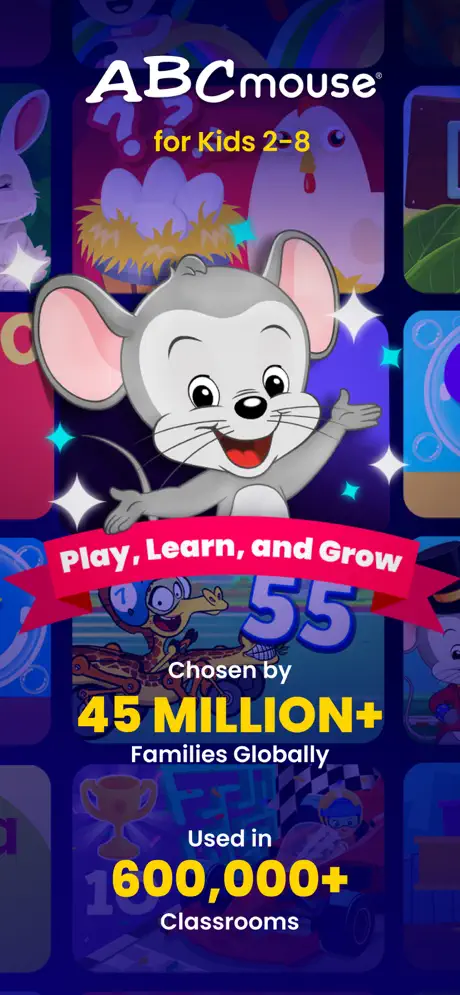You don’t always hear the beginning. It might be a small sound—a synthetic voice repeating “A is for apple,” or a cartoon character cheering a child on for tracing the letter “B” correctly. But behind these pixelated moments, something quietly radical is unfolding. For children who’ve long been left on the margins—whether because of poverty, disability, or simply being born in the wrong zip code—kindergarten learning apps are becoming unlikely bridges. They work, pixel by pixel, tap by tap, to make sure more children get a fair shot at learning.

1.A Classroom That Doesn’t Close Its Doors
Traditional classrooms, however well-meaning, come with limitations. There are timetables and transport. There are overwhelmed teachers juggling 30 kids, each with their own rhythm. And then there are the silent exclusions—the kids who can’t afford the books, who can’t hear the teacher, who can’t sit still long enough to write their name.
This is where a kindergarten learning app steps in. A child who’s non-verbal can tap to learn phonics. One with mobility challenges can trace letters using adaptive touchscreens. A child in a low-income household can use a borrowed phone after dinner, learning numbers while their parents finish chores.
Apps don’t judge. They don’t get impatient. They repeat lessons as many times as needed. And for many kids, that’s the difference between being left behind and catching up.
2.Accessibility Isn’t a Feature, It’s a Philosophy
The best kindergarten learning apps aren’t just colourful and fun. They’re thoughtfully designed for access. Audio cues for the visually impaired. Visual instructions for children who struggle with language. Closed captioning. Simple, intuitive navigation. Bright, responsive interfaces that don’t require fine motor skills.
In many cases, kindergarten learning games are easier for children with disabilities to engage with than paper-based work or rigid classroom routines. They can be paused. Adjusted. Replayed. And there’s often no “wrong” way to try.
When a child hears “Good job!” after completing a task on a screen, they’re not just learning math or phonics. They’re hearing something deeper: You belong here too.
3.Learning Doesn’t Have to Be a Luxury
There’s a myth we rarely challenge, that early education must be expensive to be good. But kindergarten learning apps are breaking that idea open. Many are free or low-cost, requiring only a smartphone and internet.
And in a country where mobile penetration often outpaces access to quality pre-primary schools, this matters. Families in rural areas, migrant households, and urban slums are using digital tools to give their kids a head start. They may not call it “early literacy” or “foundational numeracy,” but that’s exactly what’s happening.
Tapping on a screen to match colors. Listening to alphabets sung in regional languages. Playing kindergarten math games that sneak in counting while chasing stars. This is education, and it’s happening where schools sometimes can’t reach.
4.Preparing, Gently and Joyfully
What begins as kindergarten prep can often grow into confidence that lasts a lifetime. It’s not just about tracing letters or counting objects. It’s about knowing the world is built for you too. And for families seeking a soft place to start, a kindergarten learning app can offer that—and so much more.
In the right hands, technology is more than a tool—it’s an invitation. Kindergarten learning is not just preparing kids for school; they’re preparing the world to meet them where they are. And that’s perhaps the most meaningful kind of education we can offer.